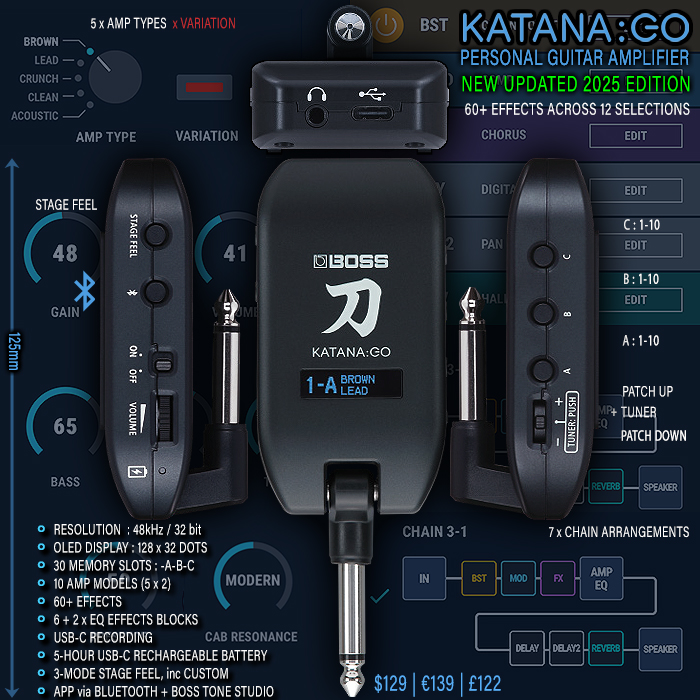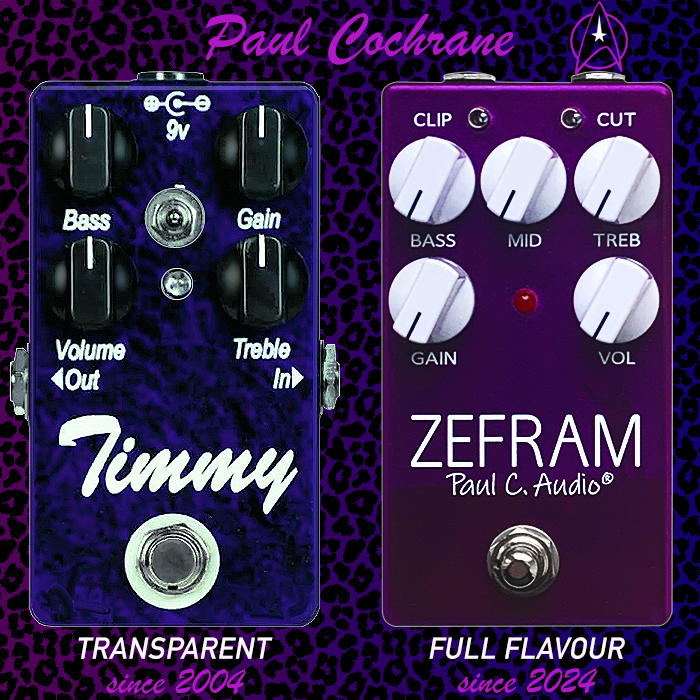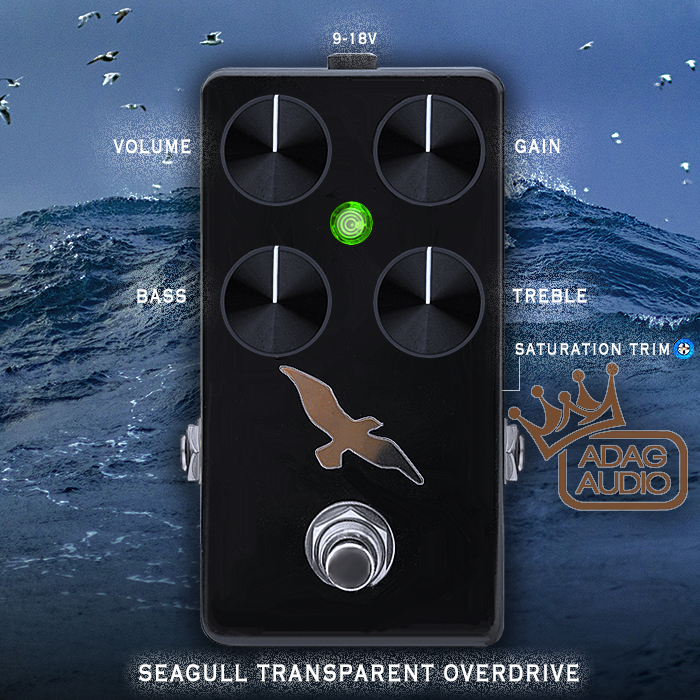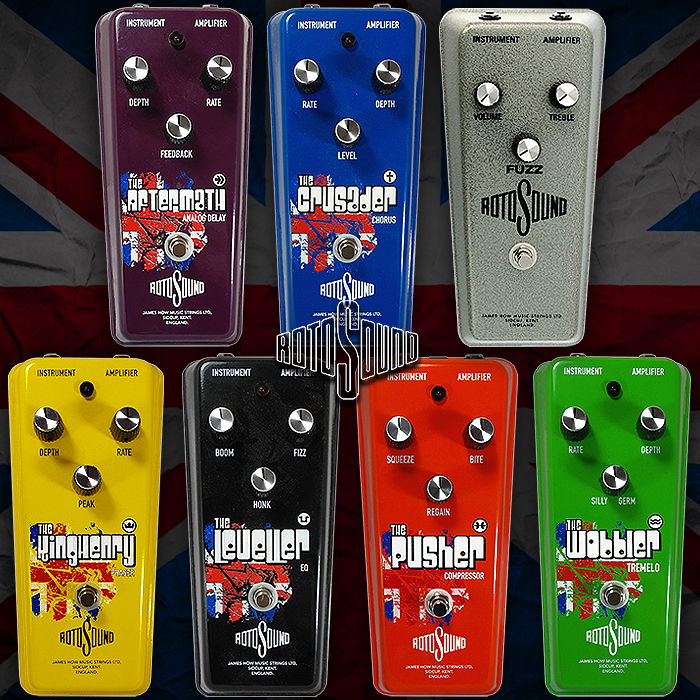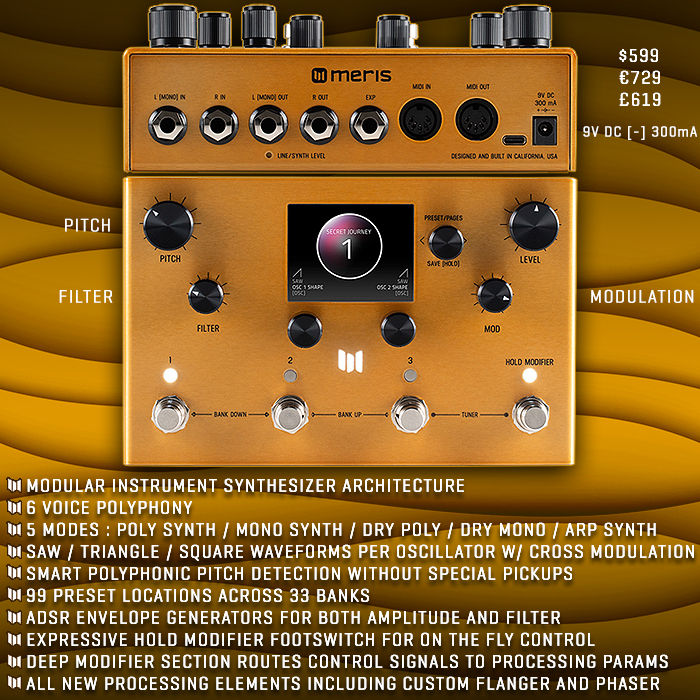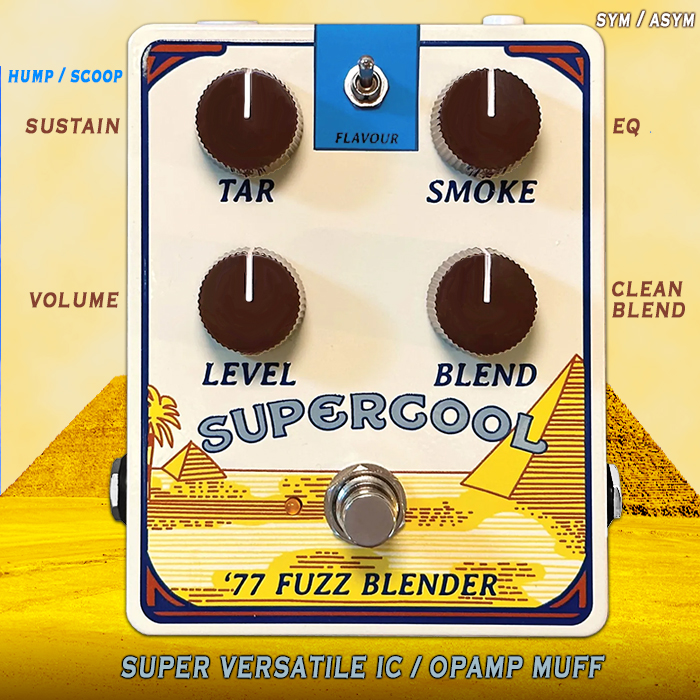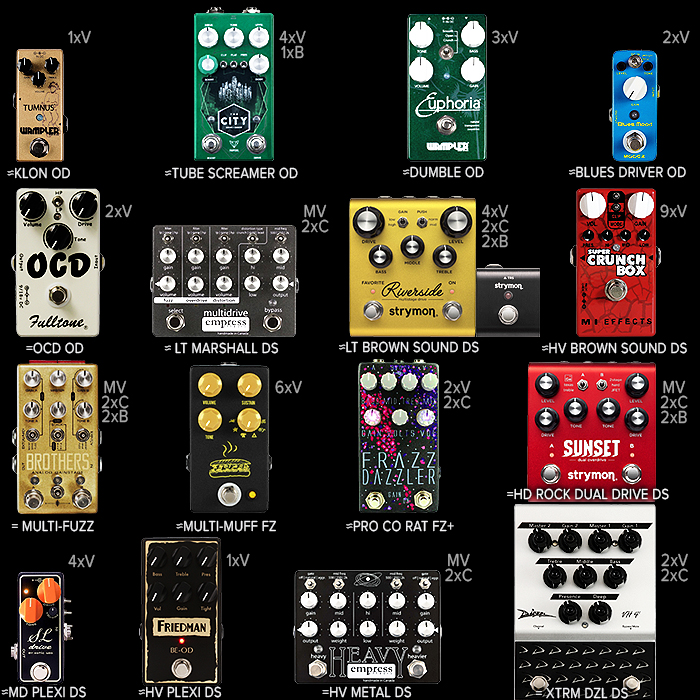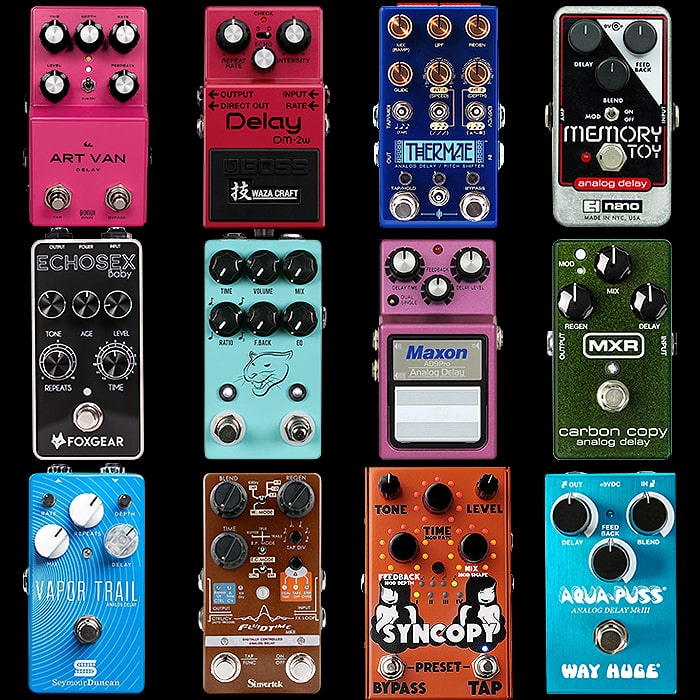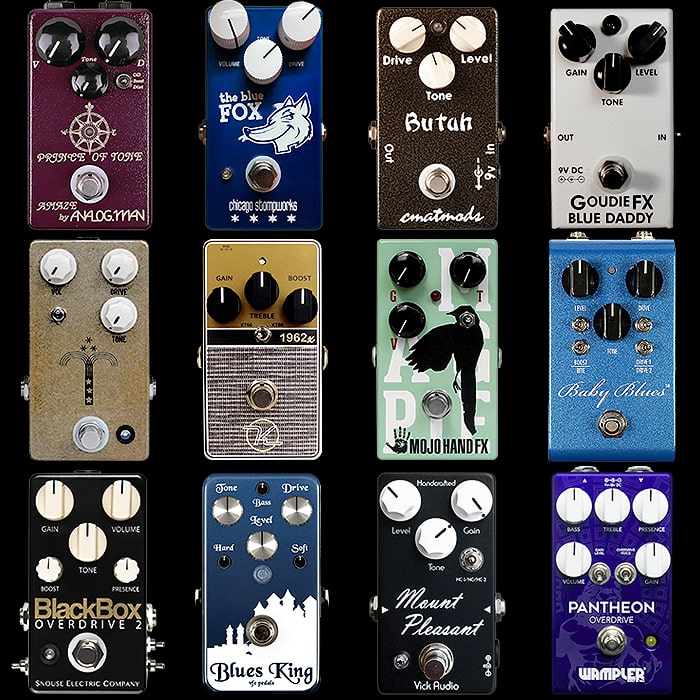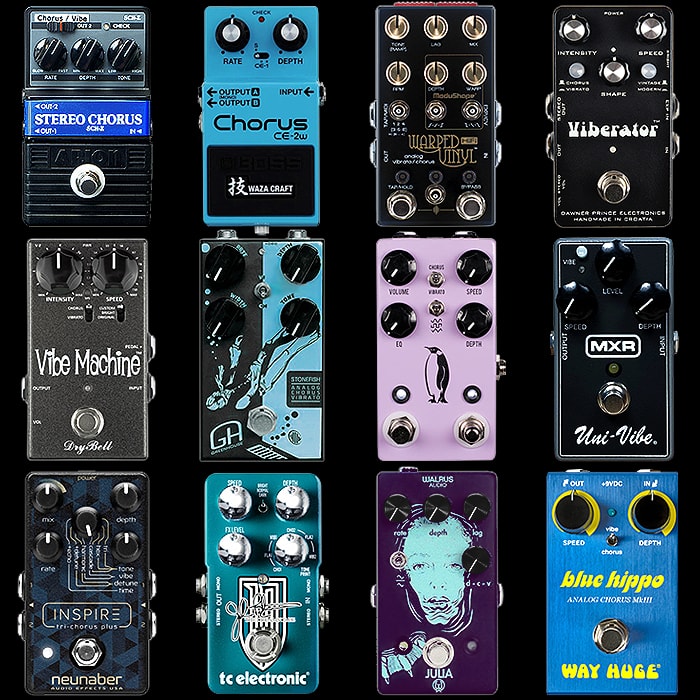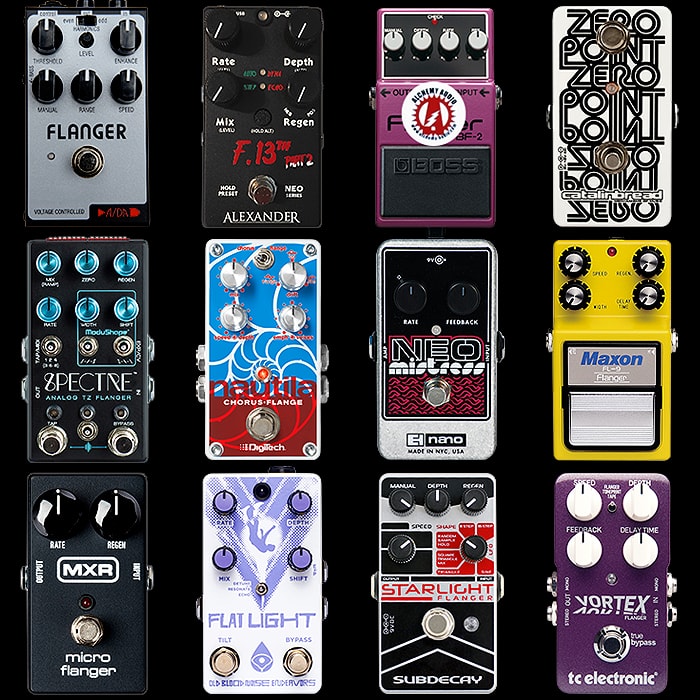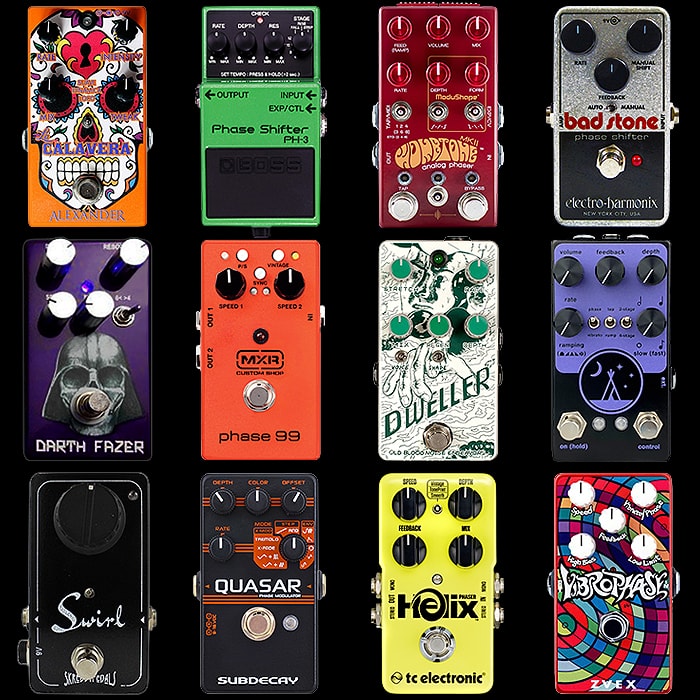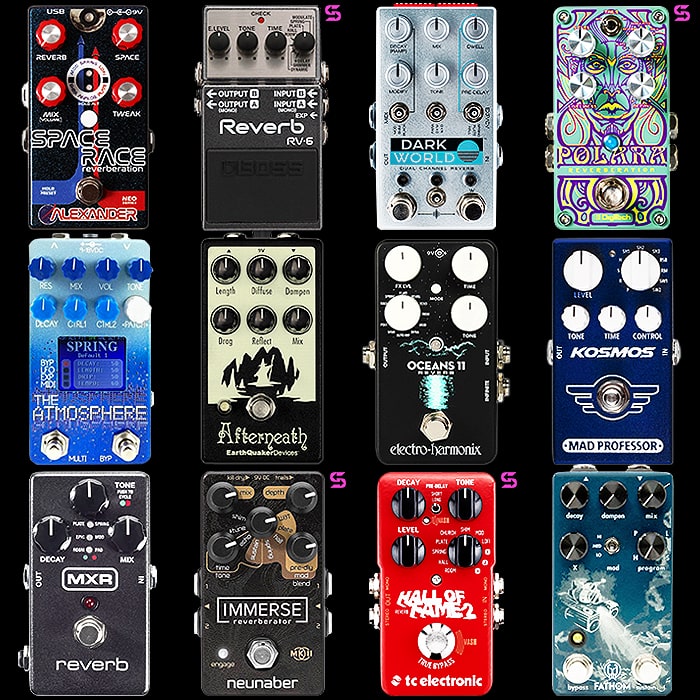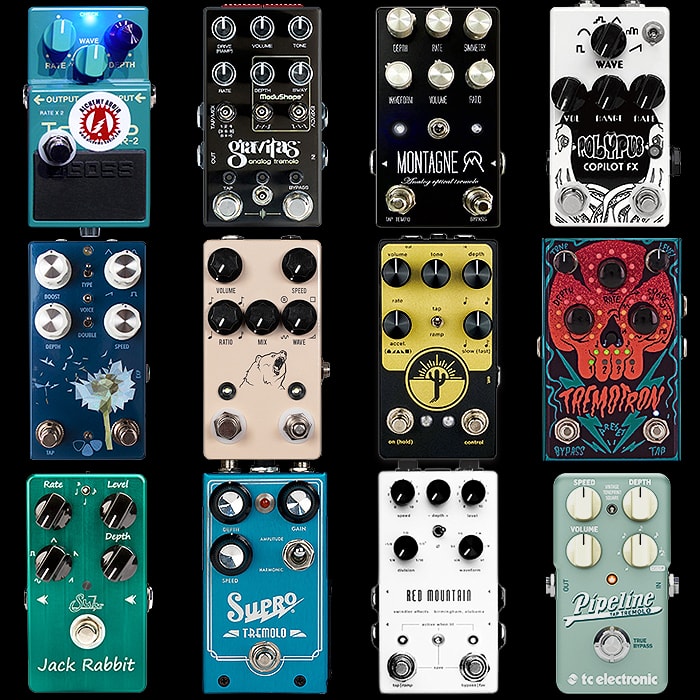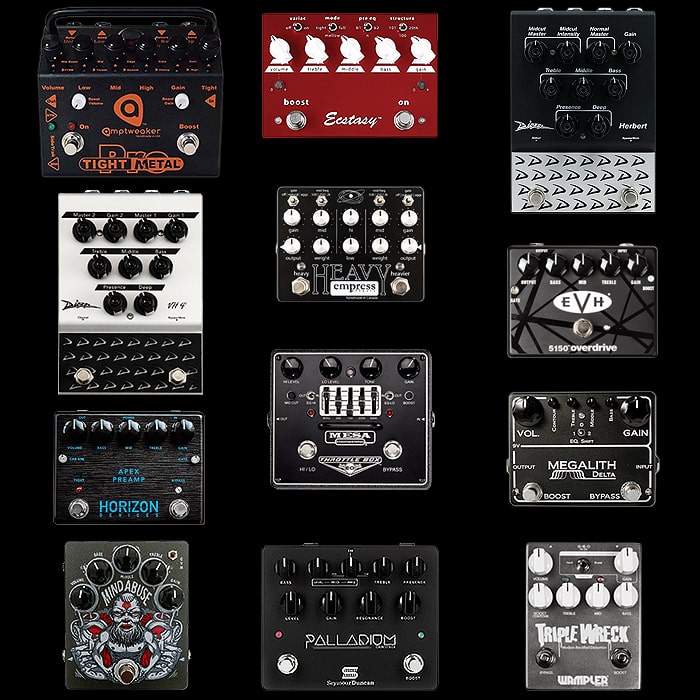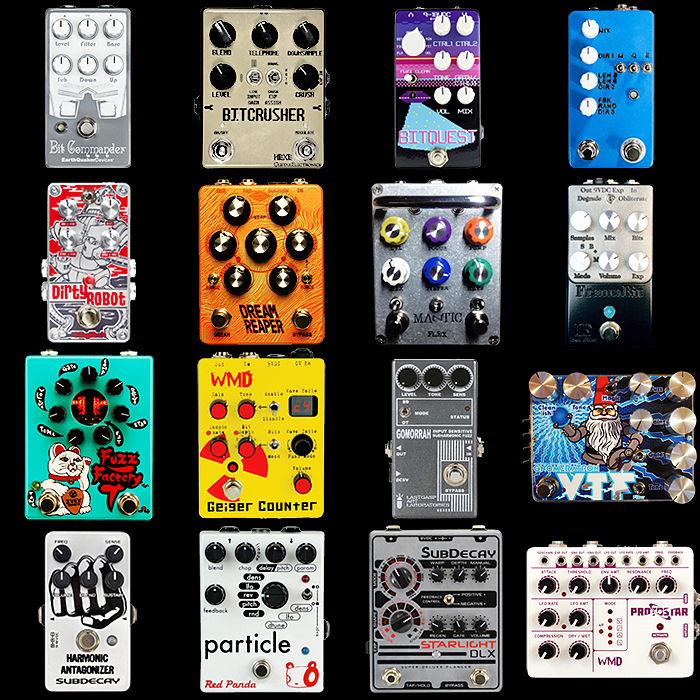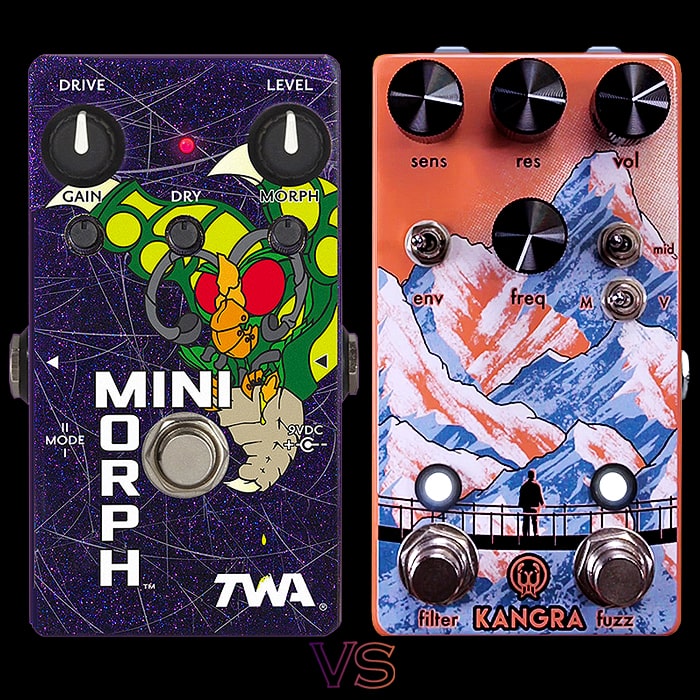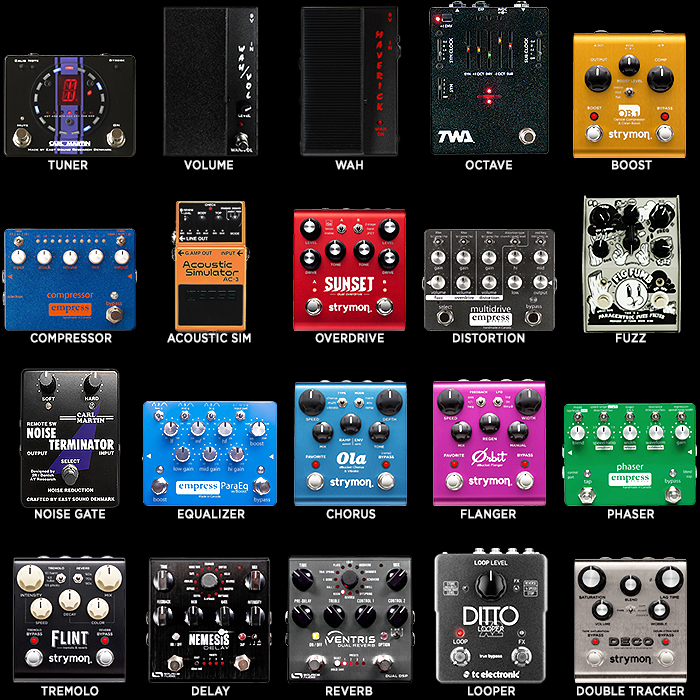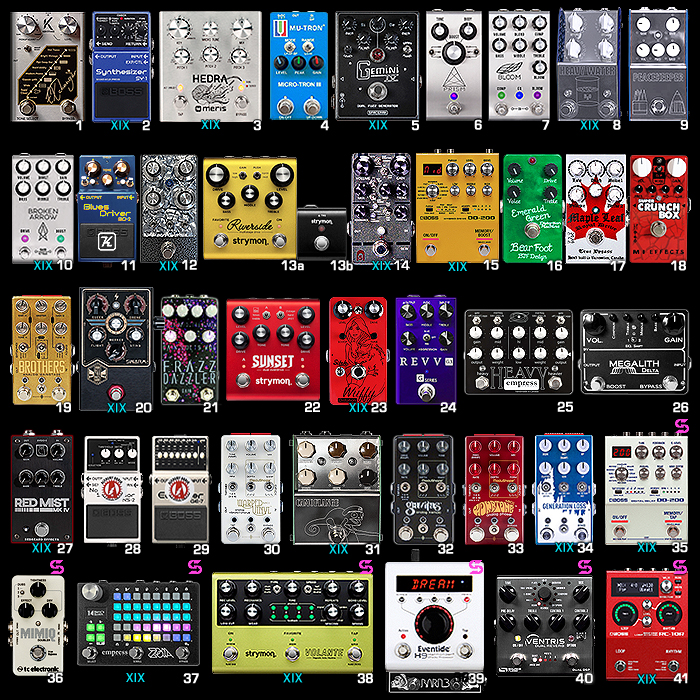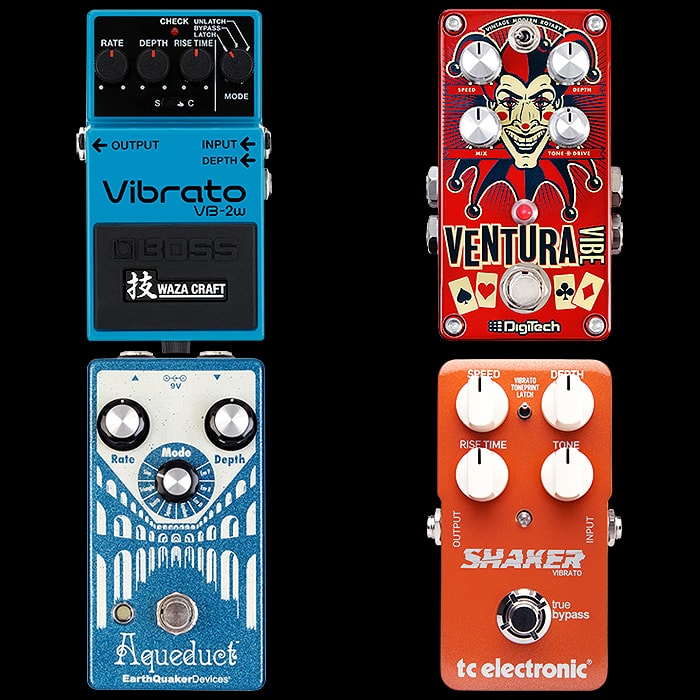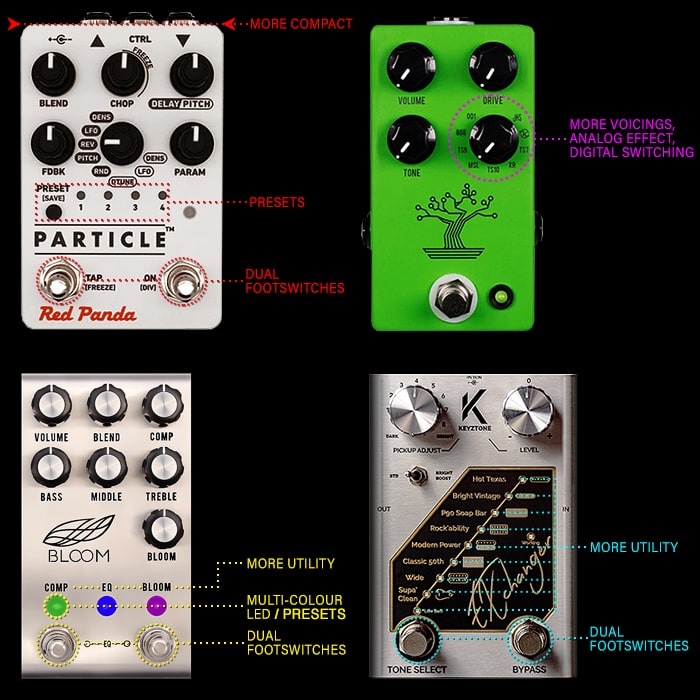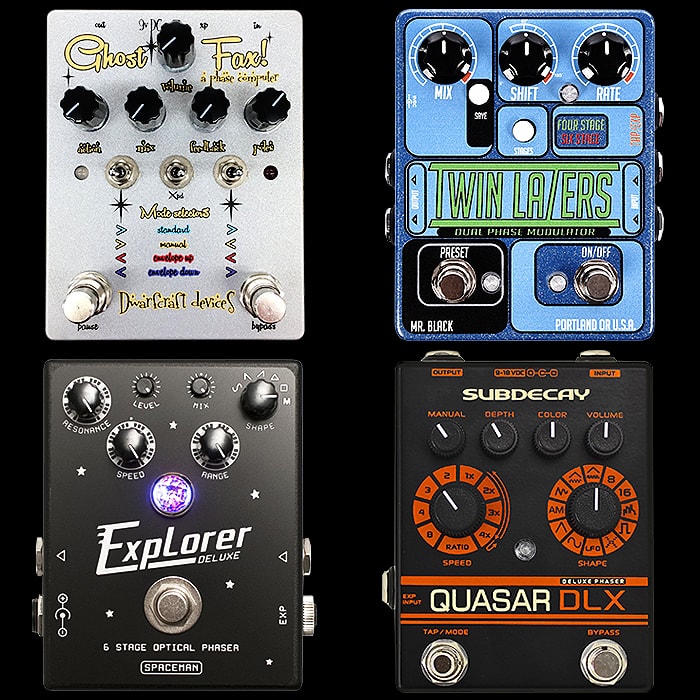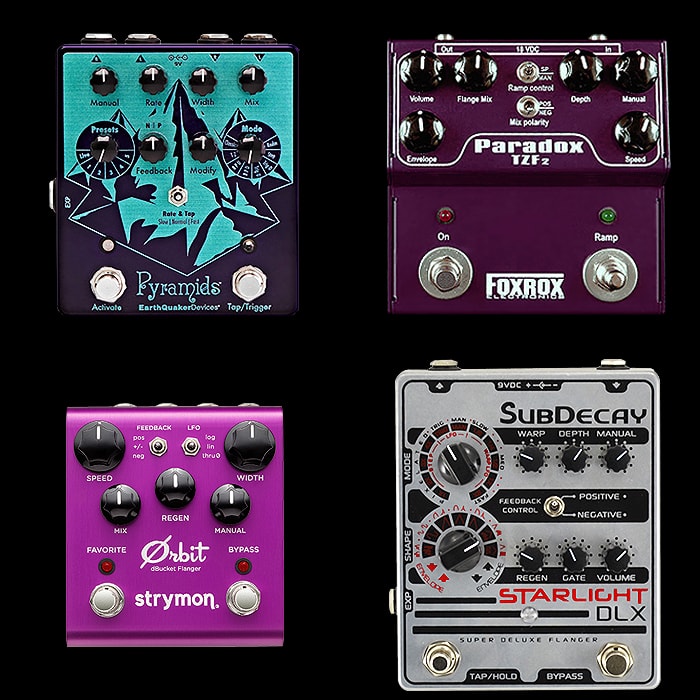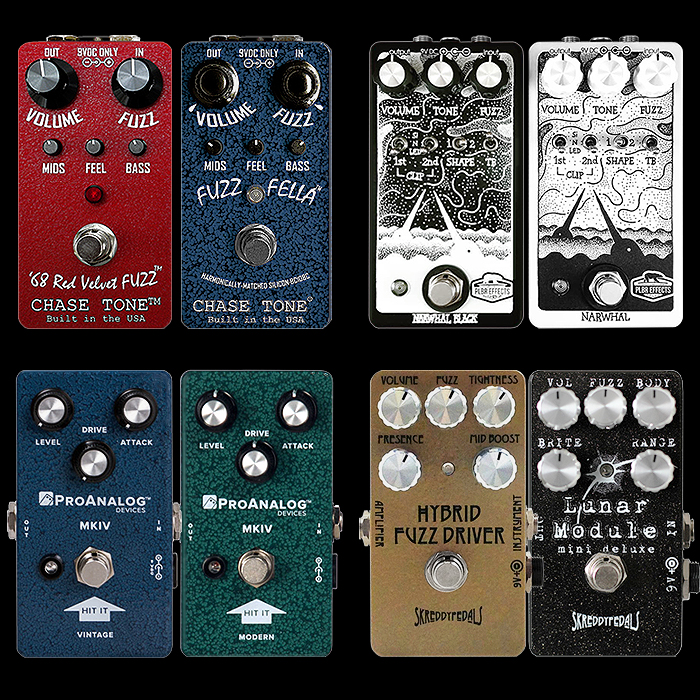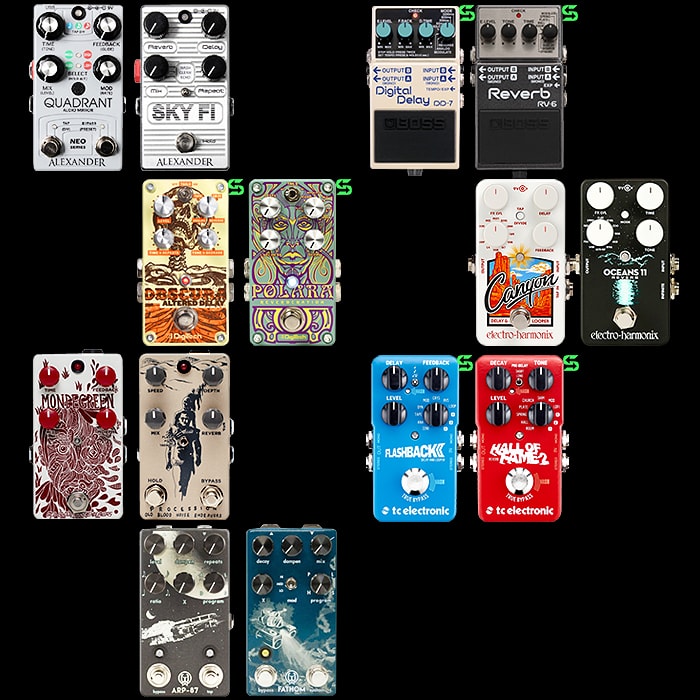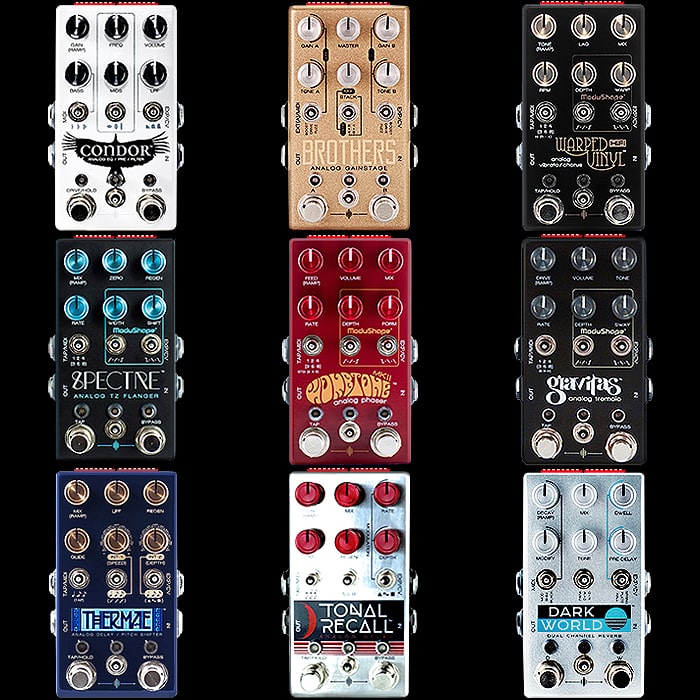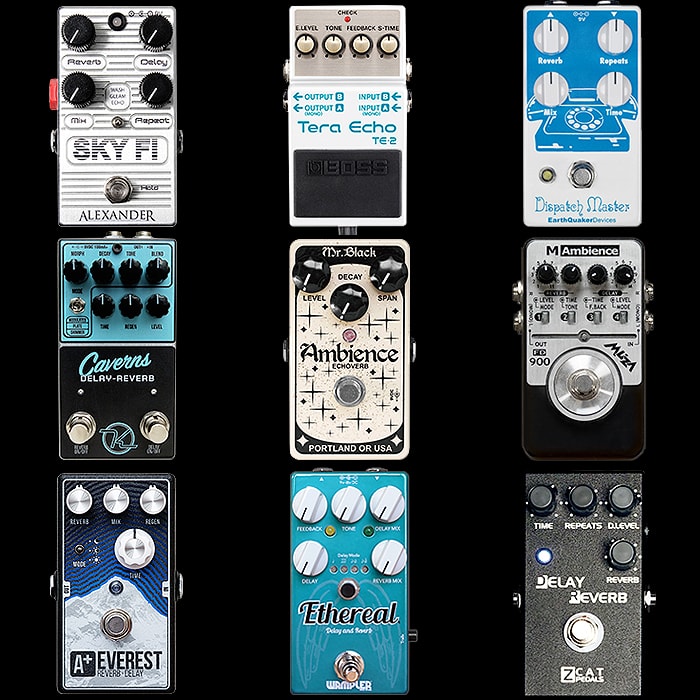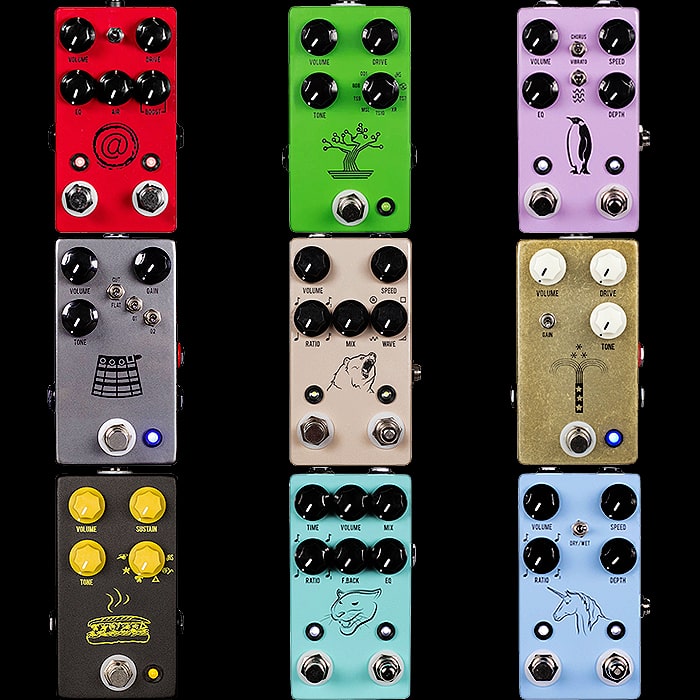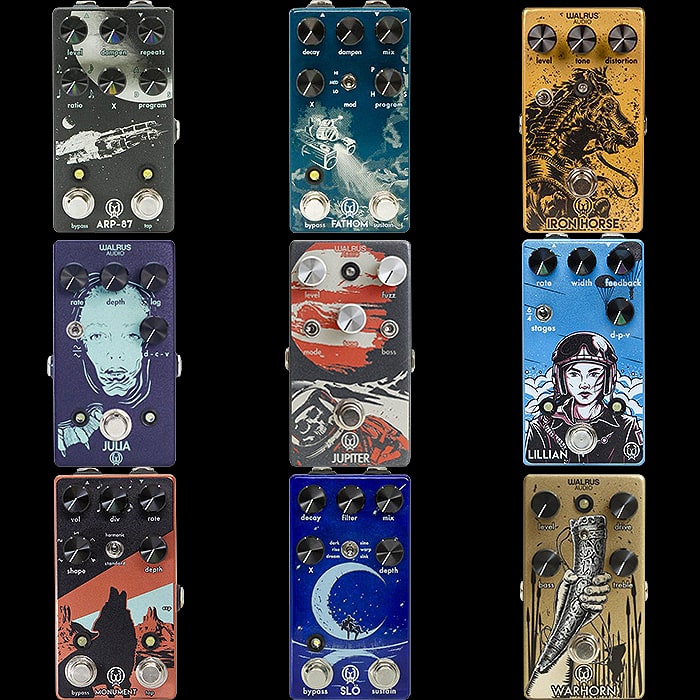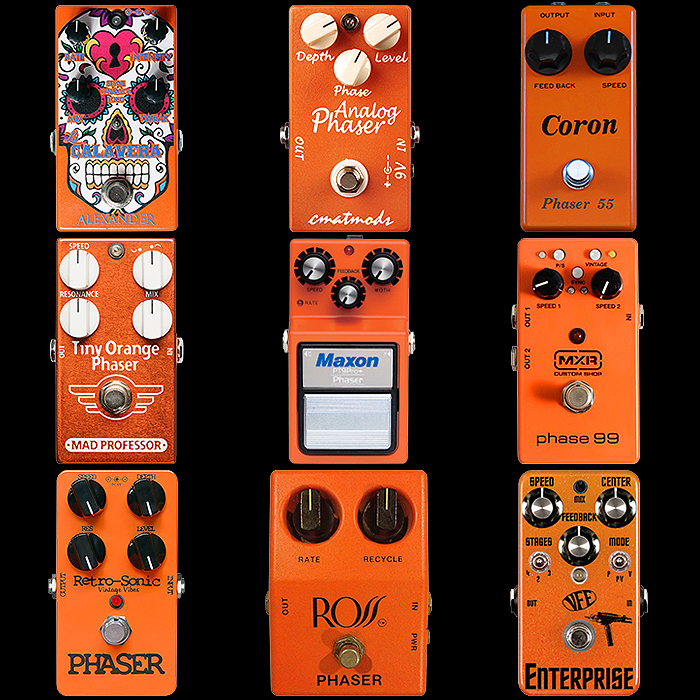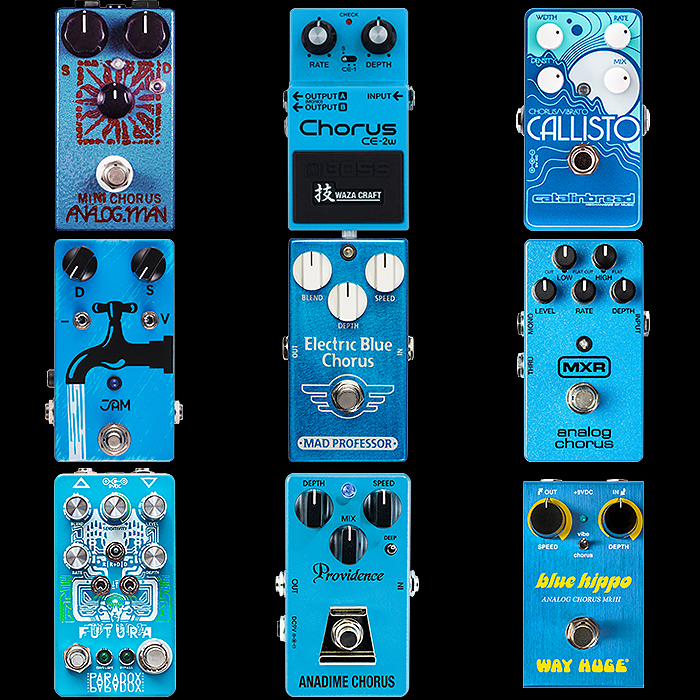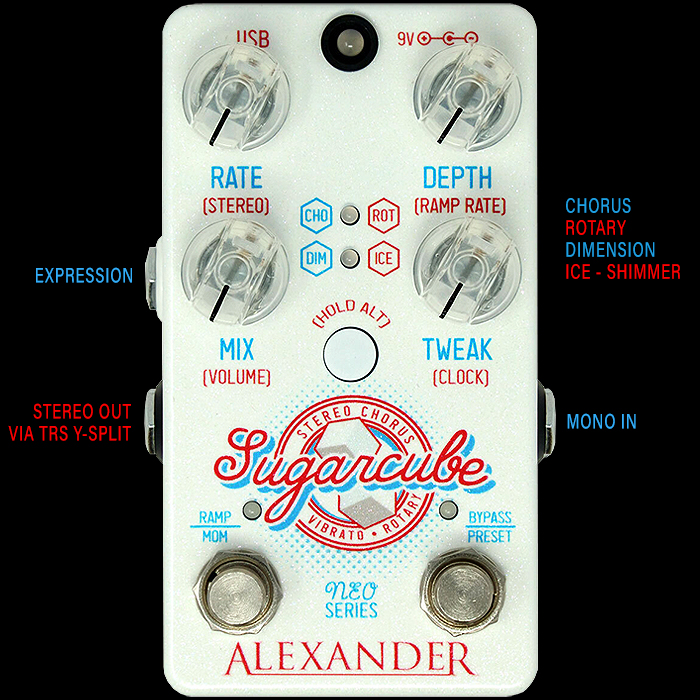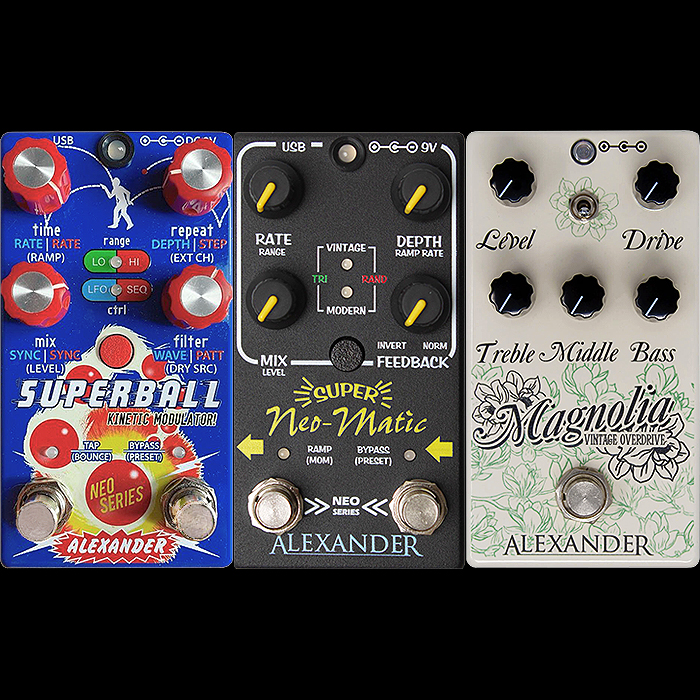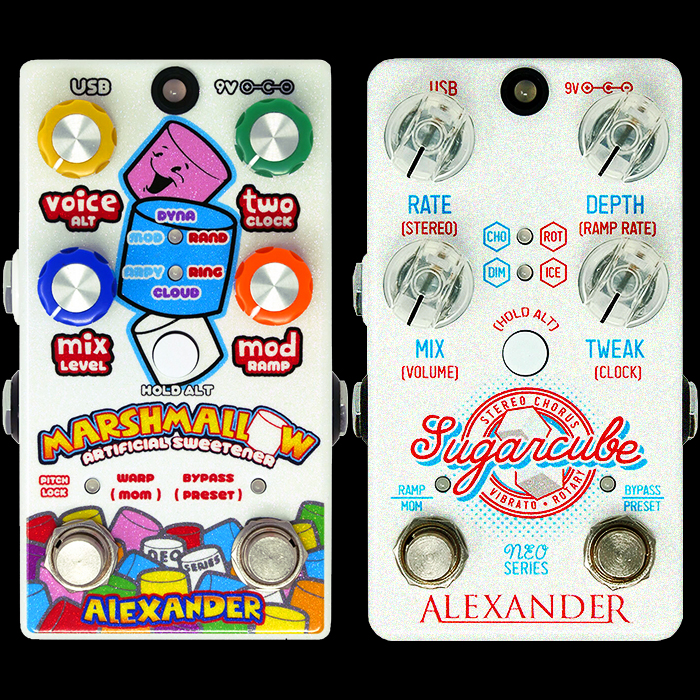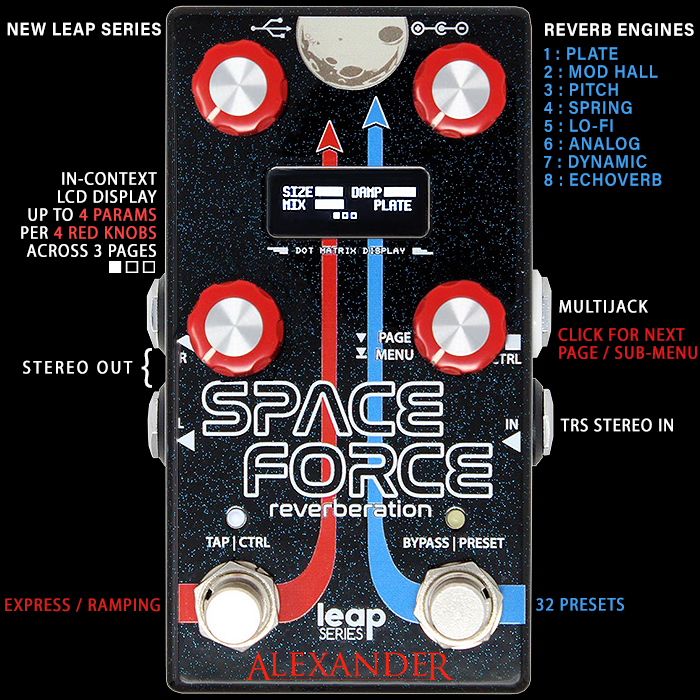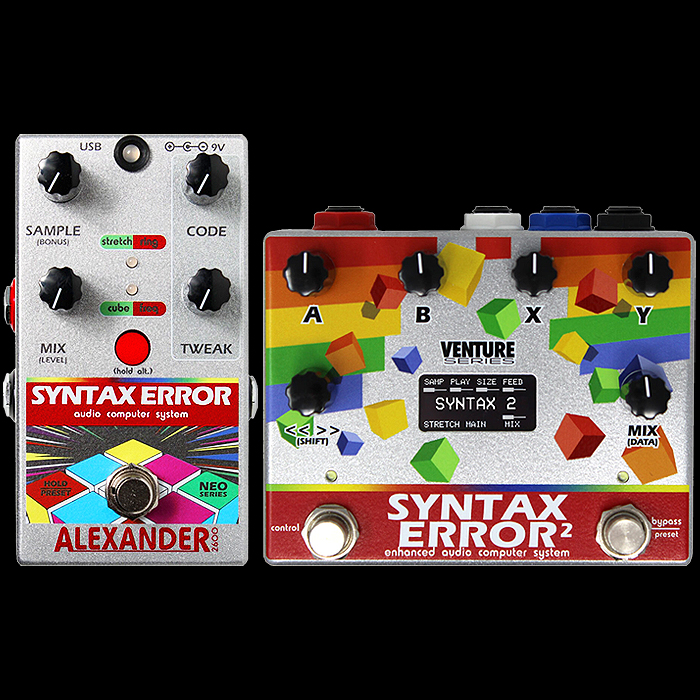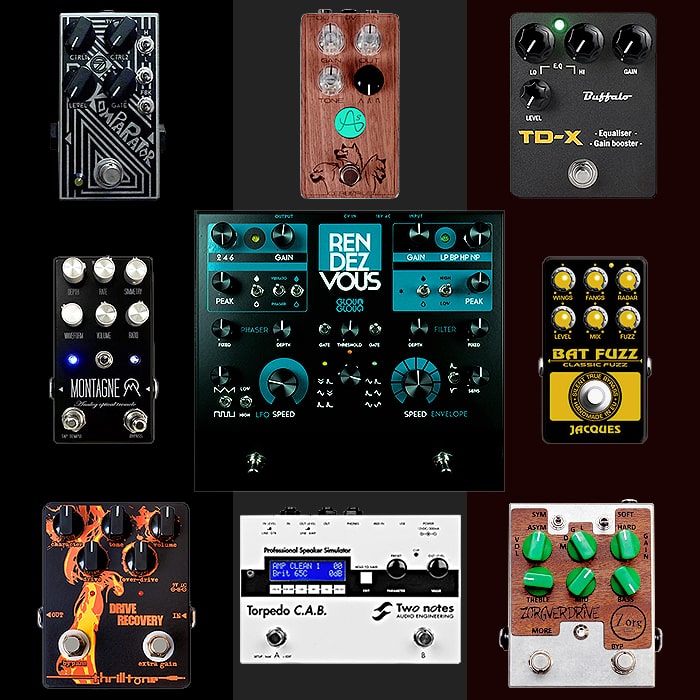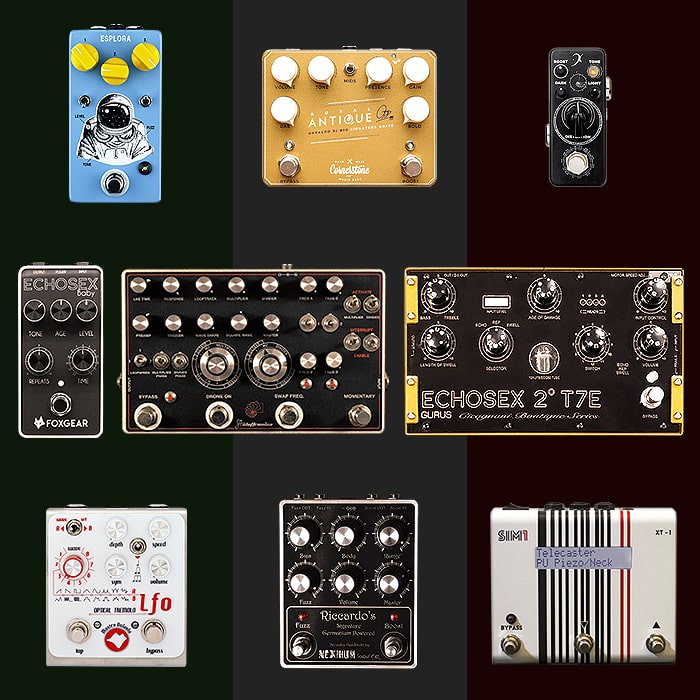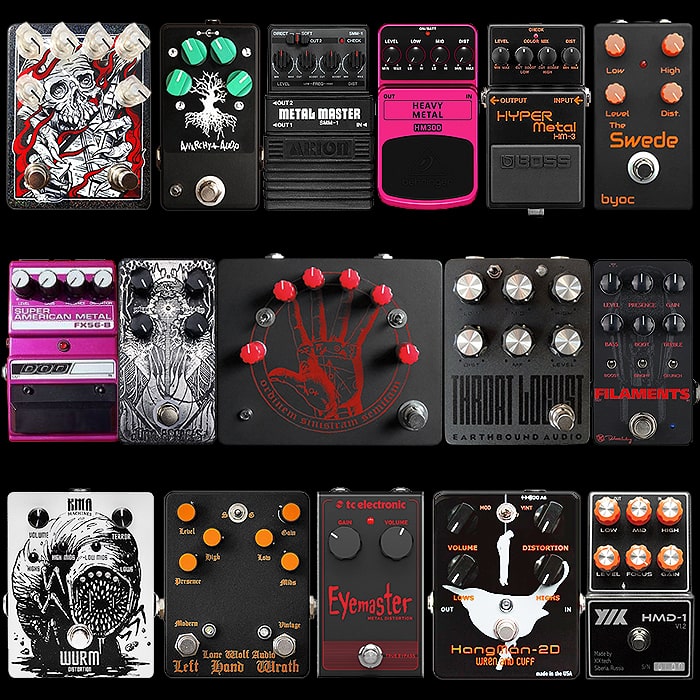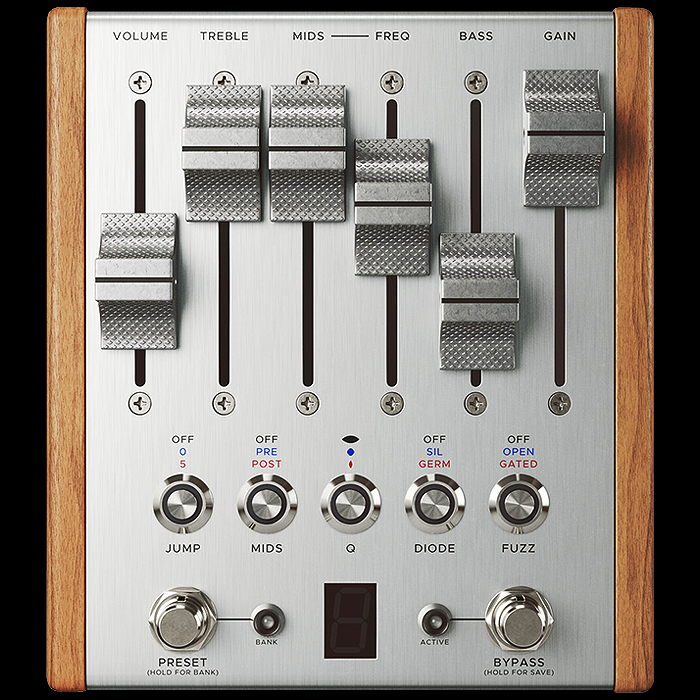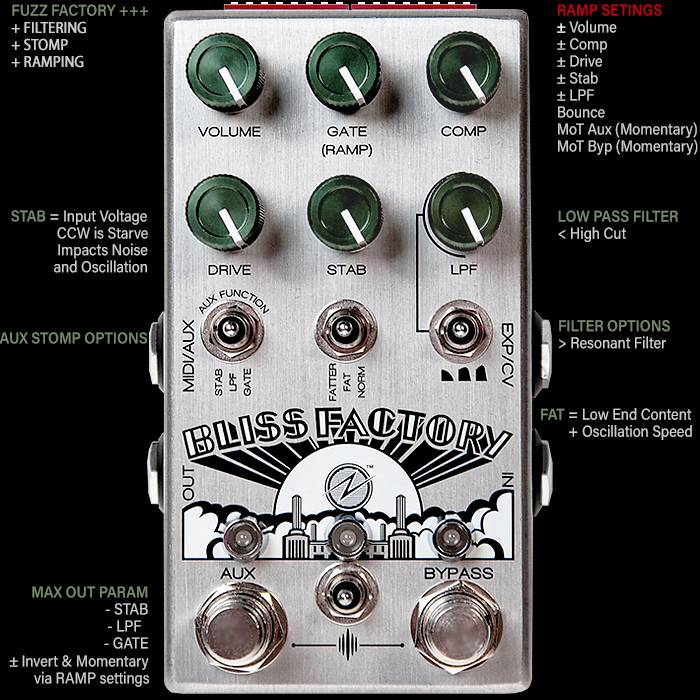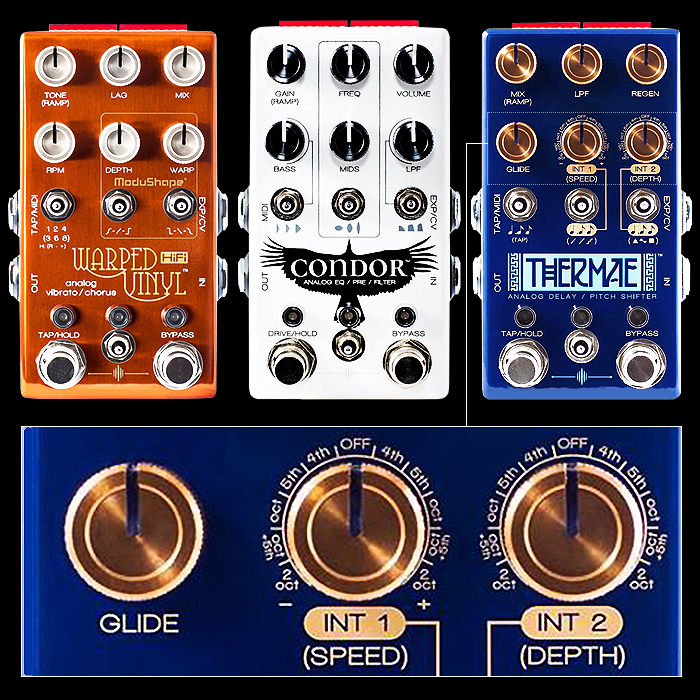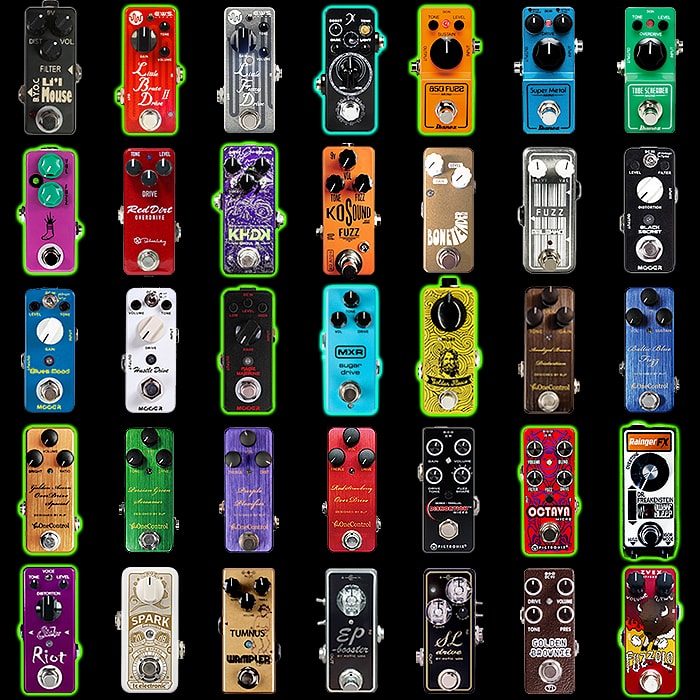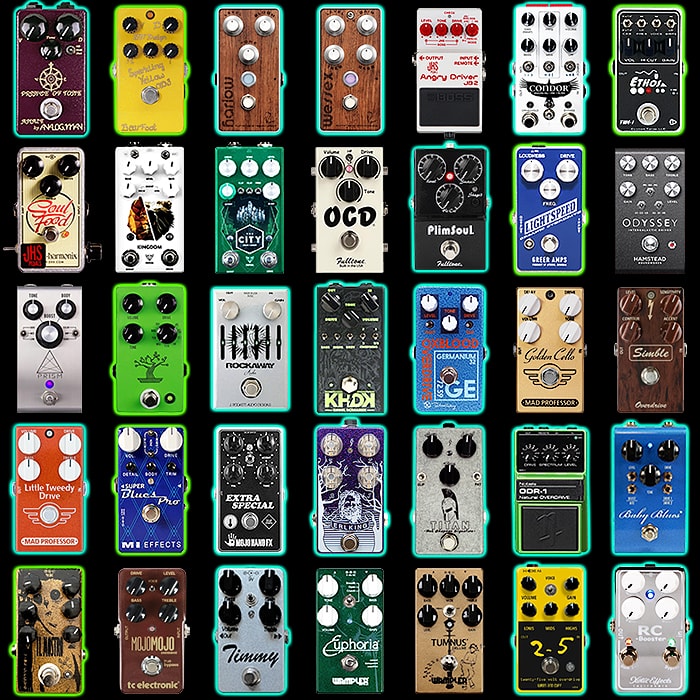Three Key Guitar Pedal Trends for 2018
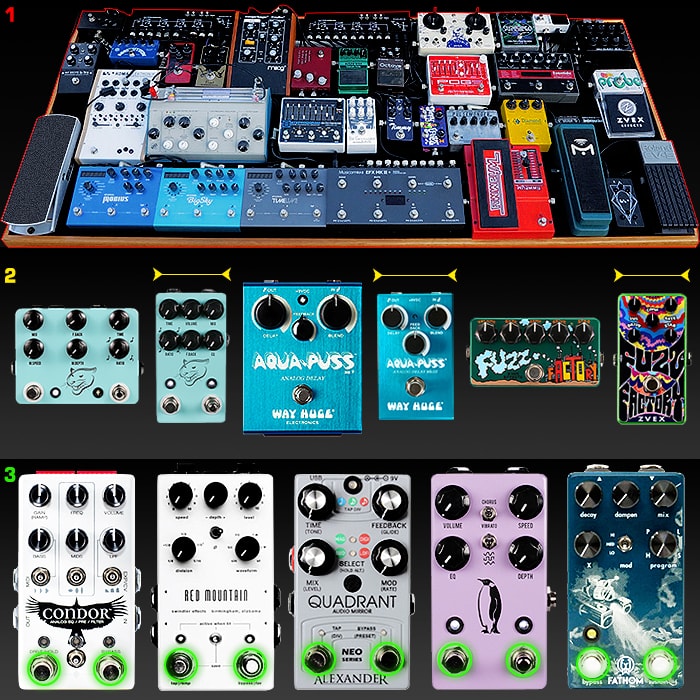
1 : Bigger Pedalboards
I know this as well as anyone with my pedal-chain of 39 - and there are some out there that are bigger still. It’s like having a whole spice rack with you - where you can quickly stomp off into any musical direction. Sure you have Axe-FX, Helix and Kemper - but very few things beat your being able to visualise everything concretely and combine in any manner. I’m not saying these things are practical - in fact mine will never leave my ‘music corner’ - but what they allow you to effortlessly and instantly do is simply incredible. I have not yet delved into looper-switching pedals like GigRig G2 and midi switching etc. but I don’t really want to add more big pedals into the mix - and even those solution have limited inputs - which does not really enable my free-flowing kind of approach. I also swap out a number of pedals quite regularly so my current pedal-chain solution serves me well even though it’s a challenge at times. With bigger pedalboards - and people wanting to naturally accommodate more pedals, we are seeing lots of pedals coming down in size...
2 : Smaller Pedals
This is obviously as a result of the larger pedalboards phenomena, but also really just a sign of the times - as better engineering and newer technologies allow equivalent quality pedals / circuits to be accommodated in ever smaller enclosures. I have already mentioned ’Near Equivalent Mini Guitar Pedals’ - which do have their limits of course - single footswitch, impossible to accommodate multiple jacks for stereo and/or expression control - but more of that later. So we have seen large and medium -sized formats come down in format significantly. The Pigtronix Mothership (Large) to Mothership 2 (Compact/Regular) revision is a reduction of near 70%. In the main though we are seeing medium-sized pedal enclosures brought down to compact / regular size. Included in my visual here are examples from JHS, Way Huge and Zvex - the last mentioned of which as just brought out a range of vertical compact pedals for its previous standard horizontal format. Most pedal-makers are taking this approach across the board, and includes all of Carl Martin’s vintage line which is being remodelled into a more elegant and streamlined compact enclosure.
3 : The Chase Bliss Influence
Joel Korte’s Chase Bliss Audio pedals are probably the zenith for compact pedal engineering/design/layout - and feature 2 banks of 3 dials, a row of 3 x 3-way toggles, a further 3-way presets toggle, 2 banks of 8 dip-switches and finally dual footswitches. I am seeing lots of pedals highly influenced by Chase Bliss - none more than Swindler Effects’ recent Red Mountain Stereo Tremolo which is on my wishlist too. The main feature that most seem to be borrowing though are the dual footswitches - typically used for on/off, tap-tempo, boost, and channel switching, but can be used for various other purposes too. We’re seeing a lot of pedals come down in size, as well as having extra functionality added into the smaller enclosures. There are so many potential uses - switching voices, changing presets etc., that I can seriously see this happening more and more - until such a time these pedals become pretty much a standard of their own accord. We have all witnessed the magic of TC Electronic’s new MASH switch - now imagine two of those on every pedal - where you have not only dual switching potential, but variable effects controls on each through dual MASH-type pressure-sensing technology - that’s definitely something that we look forward to seeing sometime soon.
Postscript
The other thing I also want to see on more pedals is the amazing TheGigRig OptoKick footswitch, currently only featuring on GigRig pedals and the new Hamstead Odyssey Intergalactic Driver pedal. This is easily the best ’conventional’ optical footswitch out there are the moment, and more pedal-makers should consider licensing it. As for the TC Electronic pressure-sensing MASH footswitch - I imagine they will want to keep that just for themselves for at least a couple of years - but I can see huge licencing potential there too!







